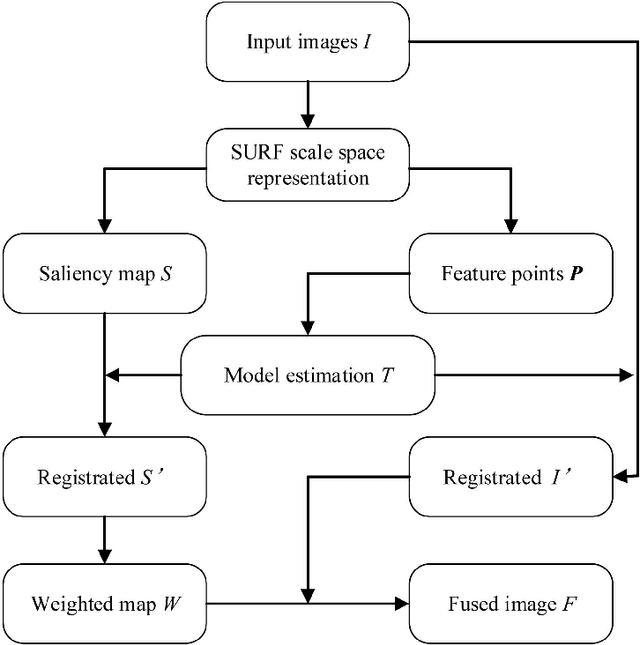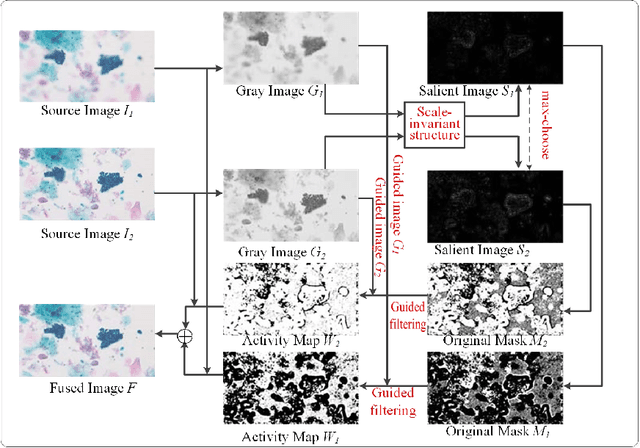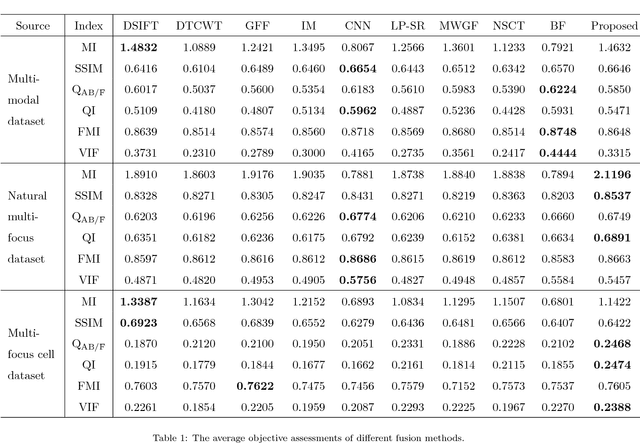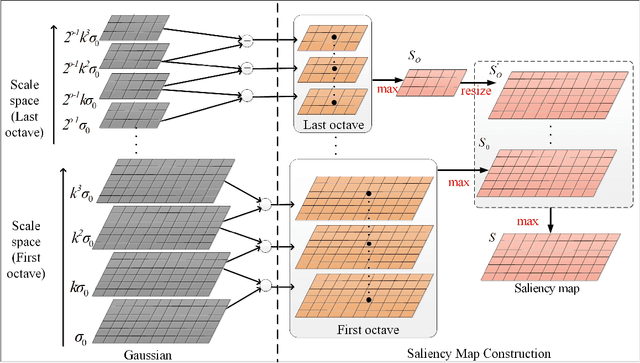Yuan Mao
Online Regularized Learning Algorithm for Functional Data
Nov 24, 2022Abstract:In recent years, functional linear models have attracted growing attention in statistics and machine learning, with the aim of recovering the slope function or its functional predictor. This paper considers online regularized learning algorithm for functional linear models in reproducing kernel Hilbert spaces. Convergence analysis of excess prediction error and estimation error are provided with polynomially decaying step-size and constant step-size, respectively. Fast convergence rates can be derived via a capacity dependent analysis. By introducing an explicit regularization term, we uplift the saturation boundary of unregularized online learning algorithms when the step-size decays polynomially, and establish fast convergence rates of estimation error without capacity assumption. However, it remains an open problem to obtain capacity independent convergence rates for the estimation error of the unregularized online learning algorithm with decaying step-size. It also shows that convergence rates of both prediction error and estimation error with constant step-size are competitive with those in the literature.
Coefficient-based Regularized Distribution Regression
Aug 26, 2022Abstract:In this paper, we consider the coefficient-based regularized distribution regression which aims to regress from probability measures to real-valued responses over a reproducing kernel Hilbert space (RKHS), where the regularization is put on the coefficients and kernels are assumed to be indefinite. The algorithm involves two stages of sampling, the first stage sample consists of distributions and the second stage sample is obtained from these distributions. Asymptotic behaviors of the algorithm in different regularity ranges of the regression function are comprehensively studied and learning rates are derived via integral operator techniques. We get the optimal rates under some mild conditions, which matches the one-stage sampled minimax optimal rate. Compared with the kernel methods for distribution regression in the literature, the algorithm under consideration does not require the kernel to be symmetric and positive semi-definite and hence provides a simple paradigm for designing indefinite kernel methods, which enriches the theme of the distribution regression. To the best of our knowledge, this is the first result for distribution regression with indefinite kernels, and our algorithm can improve the saturation effect.
Efficient Misalignment-Robust Multi-Focus Microscopical Images Fusion
Dec 21, 2018



Abstract:In this paper we propose a very efficient method to fuse the unregistered multi-focus microscopical images based on the speed-up robust features (SURF). Our method follows the pipeline of first registration and then fusion. However, instead of treating the registration and fusion as two completely independent stage, we propose to reuse the determinant of the approximate Hessian generated in SURF detection stage as the corresponding salient response for the final image fusion, thus it enables nearly cost-free saliency map generation. In addition, due to the adoption of SURF scale space representation, our method can generate scale-invariant saliency map which is desired for scale-invariant image fusion. We present an extensive evaluation on the dataset consisting of several groups of unregistered multi-focus 4K ultra HD microscopic images with size of 4112 x 3008. Compared with the state-of-the-art multi-focus image fusion methods, our method is much faster and achieve better results in the visual performance. Our method provides a flexible and efficient way to integrate complementary and redundant information from multiple multi-focus ultra HD unregistered images into a fused image that contains better description than any of the individual input images. Code is available at https://github.com/yiqingmy/JointRF.
Scale-Invariant Structure Saliency Selection for Fast Image Fusion
Oct 30, 2018



Abstract:In this paper, we present a fast yet effective method for pixel-level scale-invariant image fusion in spatial domain based on the scale-space theory. Specifically, we propose a scale-invariant structure saliency selection scheme based on the difference-of-Gaussian (DoG) pyramid of images to build the weights or activity map. Due to the scale-invariant structure saliency selection, our method can keep both details of small size objects and the integrity information of large size objects in images. In addition, our method is very efficient since there are no complex operation involved and easy to be implemented and therefore can be used for fast high resolution images fusion. Experimental results demonstrate the proposed method yields competitive or even better results comparing to state-of-the-art image fusion methods both in terms of visual quality and objective evaluation metrics. Furthermore, the proposed method is very fast and can be used to fuse the high resolution images in real-time. Code is available at https://github.com/yiqingmy/Fusion.
CNN-Based Automatic Urinary Particles Recognition
Mar 06, 2018



Abstract:The urine sediment analysis of particles in microscopic images can assist physicians in evaluating patients with renal and urinary tract diseases. Manual urine sediment examination is labor-intensive, subjective and time-consuming, and the traditional automatic algorithms often extract the hand-crafted features for recognition. Instead of using the hand-crafted features, in this paper, we exploit CNN to learn features in an end-to-end manner to recognize the urine particles. We treat the urine particles recognition as object detection and exploit two state-of-the-art CNN-based object detection methods, Faster R-CNN and SSD, as well as their variants for urine particles recognition. We further investigate different factors involving these CNN-based object detection methods for urine particles recognition. We comprehensively evaluate these methods on a dataset consisting of 5,376 annotated images corresponding to 7 categories of urine particles, i.e., erythrocyte, leukocyte, epithelial cell, crystal, cast, mycete, epithelial nuclei, and obtain a best mAP (mean average precision) of 84.1% while taking only 72 ms per image on a NVIDIA Titan X GPU.
 Add to Chrome
Add to Chrome Add to Firefox
Add to Firefox Add to Edge
Add to Edge